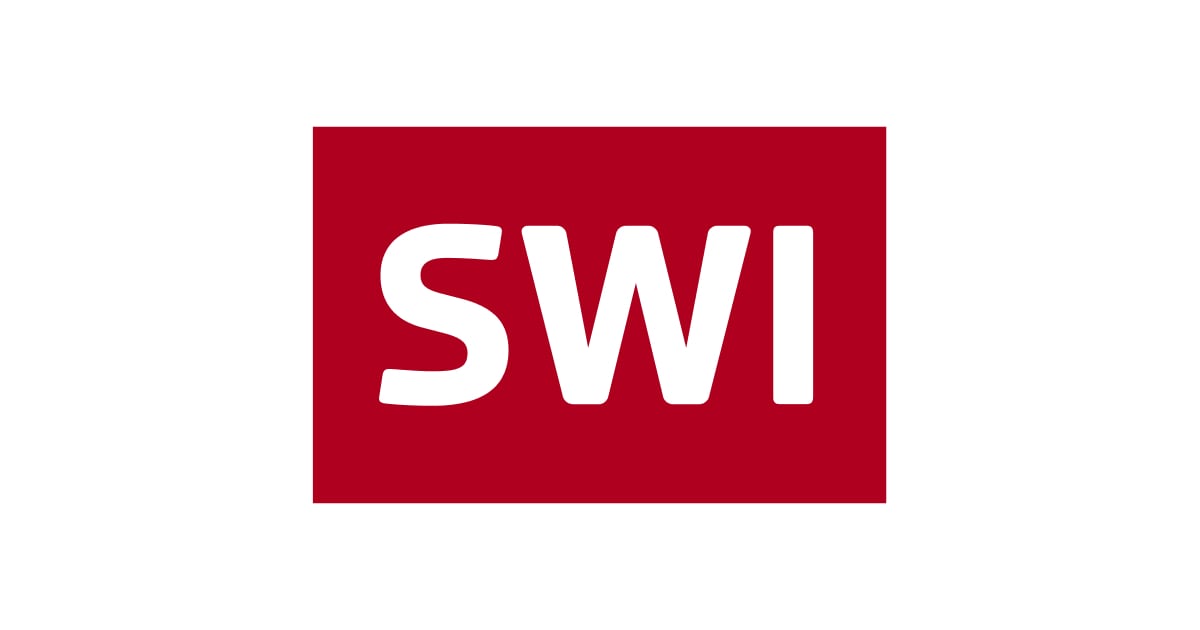Supercharged Swiss Franc Is Piling Pressure on the Central Bank
(Bloomberg) — The torrent of cash flowing into the Swiss franc is fueling speculation the central bank will be forced to intervene or even cut interest rates into negative territory to control the currency’s gains.
The franc is the best-performer among major currencies since US President Donald Trump’s tariff broadside last week triggered a dash for haven assets. On a trade-weighted basis, it’s approaching levels hit in late 2023, when the Swiss National Bank warned it was open to intervening to rein in its strength. The options market suggests the currency can strengthen more.
The gains are “the last thing the SNB will want to see, especially against the euro,” said Simon Harvey, senior macroeconomist at Lugano-based LB Macro.
If the franc appreciates much further, it could present the SNB with two unpalatable options: intervene in the currency market, and run the risk of earning Trump’s ire, or cut interest rates below zero and return to a controversial policy that warped markets for years the last time around.
Market participants are starting to flag that the currency may be getting too strong for the SNB’s liking because of the danger that it could depress import costs enough to pose deflationary risks to the economy. The timing couldn’t be worse as US tariffs threaten its exporters and potentially weaken the European Union — its biggest trading partner.
The franc rose as much as 2.5% against the euro to hit its highest in three and a half months in the wake of the tariff announcement on April 2, and climbed as much as 4% versus the dollar. It was trading 0.3% higher against the European common currency around 0.9360 per euro as of 11:22 a.m. in London.
A fall in the euro below 0.92 toward 0.90 “would certainly be a danger zone,” and marks the point at which the central bank could enter the market, according to Volkmar Baur, currency strategist at Commerzbank AG in Frankfurt. Sascha Kever, chief investment officer at Pkb Private Bank SA in Lugano, said it would need to hit 0.90 to trigger action.
Risk reversals, a barometer of market sentiment, show traders have turned the most bearish against the euro-franc pair since late August. They’re tilted the most against the dollar versus the franc since March 2020.
While it has largely kept out of currency markets since 2023, the SNB is more likely to intervene to weaken the franc before cutting rates, said Claude Maurer, chief economist of Basel-based BAK Economics, who called the exchange rate the “predominant problem” at the moment.
“FX interventions should be the preferred tool for the SNB as they’re much more flexible,” he said.
At the same time, selling francs will leave Switzerland vulnerable to scrutiny by Washington for being a “currency manipulator,” Maurer said. It’s had the label before, but this time the stakes of being on Trump’s radar are high: countries on the US Treasury’s monitoring list for FX practices, including China, Vietnam and Taiwan, have been hit with the most punitive US tariffs.
What Bloomberg Economics Says:
“We expect the SNB to refrain from FX interventions as this could increase the risk of being tagged as a currency manipulator by the US administration and thus weaken Switzerland’s position in potential bilateral negotiations.”
—Jean Dalbard. For his Swiss Insight, click here
LB Macro says markets are underpricing the possibility of the SNB entering the market to weaken the franc before June, at which point it could deliver a rate cut of as much as 50 basis points to keep a lid on the currency’s strength.
Markets are pricing a more than 60% chance of a 25 basis point cut in June, which would take its official rate to zero. The yield on benchmark two-year Swiss government bonds dipped into negative territory for the first time since 2022 on Friday and Monday as investors brace for the possible return of negative rates.
The franc’s strength means there’s “a risk of inflation slowing to 0% or even into negative territory,” said Maxime Botteron, an economist at UBS. “In that case, I wouldn’t rule out a rate cut to 0%.” At the same time, Botteron’s base case is that the SNB has finished cutting rates for now.
Switzerland deployed negative rates for almost eight years to keep currency speculators at bay. It had the world’s lowest rate of -0.75%, and was the last economy in Europe to go back above zero in September 2022.
While SNB President Martin Schlegel said in December that going negative again remains an option, strategists are split on what will happen.
Goldman Sachs Group Inc. analysts predict two cuts to a terminal rate of -0.25% in September, having previously forecast a rate of 0%. Commerzbank’s Baur, meanwhile, said the SNB may prefer to run the risk of Switzerland being re-branded a currency manipulator, given “a high barrier” to a big rate cut in June.
“To start with they will try to sit this out and hope it will blow over,” Baur said. “If it doesn’t, they probably will come down on the side of intervention.”
–With assistance from Greg Ritchie.
©2025 Bloomberg L.P.








